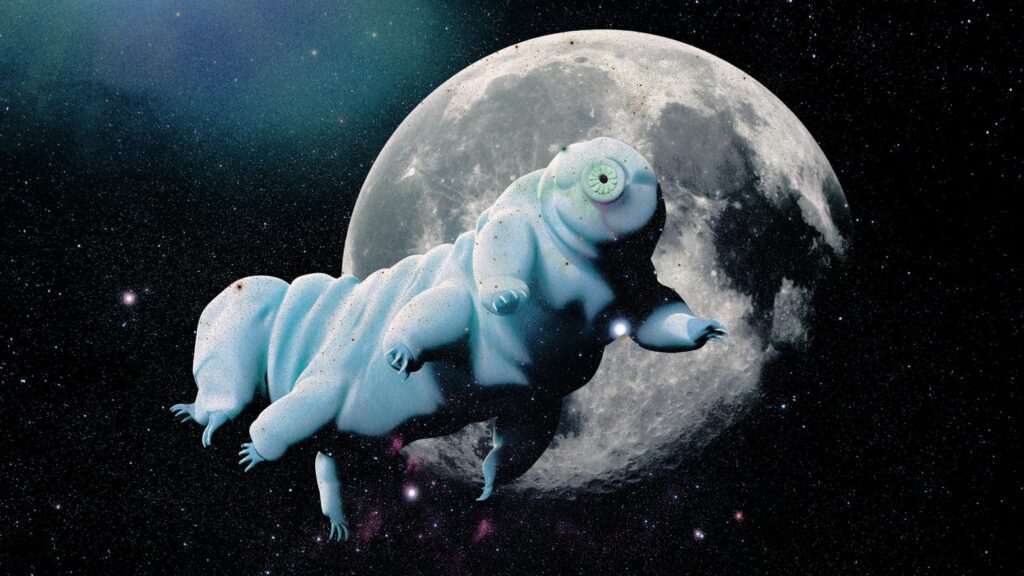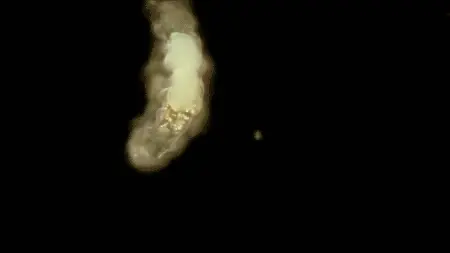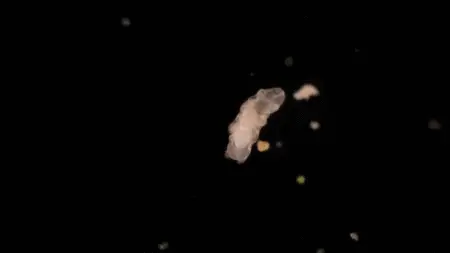
Tardigrades, or water bears, are some of the most resilient creatures ever. These microscopic animals can survive extremes of heat and cold — from boiling water to supremely chilled environments of absolute zero. They can tolerate pressure six times that of the deepest ocean reaches. They can thrive in radiation and even in the vacuum of space. And if all of this wasn’t impressive enough, tardigrades are also incredibly cute.
But what makes tardigrades so indestructible? A new study has made important progress. Researchers discovered the biochemical triggers that allow the tardigrades to withstand even the most unforgiving environments — and this could have significant implications for humans too.
The adorable extremophiles
Discovered in 1773 by Johann August Ephraim Goeze, a German zoologist who affectionately named them “little water bears,” tardigrades have fascinated scientists for centuries. It was Italian biologist Lazzaro Spallanzani who, three years later, coined the term “Tardigrada,” meaning “slow stepper,” a nod to their leisurely movement.


What sets the eight-legged tardigrades apart is their unique survival strategy known as cryptobiosis. In response to extreme environmental stress, tardigrades can expel over 95% of the water from their bodies, retract their limbs, and enter a state of suspended animation. During this time, their metabolism can plummet to a mere 0.01% of normal levels. This remarkable adaptation is supported by water-soluble proteins unique to tardigrades, forming a protective cocoon around their cells.
Researchers led by Amanda L. Smythers, a postdoctoral research fellow at the Dana-Farber Cancer Institute and Harvard Medical School, were naturally intrigued by all of this. They wanted to find out what exactly goes on inside tardigrades when they encounter high stress and enter a state of suspended animation known as the “tun state”.
This journey took them down a rabbit hole with many twists and turns that eventually led to a very unexpected discovery.
Free radicals, free of stress
When tardigrades encounter extreme stress, the researchers found, their bodies produce reactive oxygen species — unstable molecules that can damage proteins and DNA. You might know these molecules as “free radicals”. When free radicals accumulate, they can cause oxidative stress, a condition that occurs when there’s an imbalance between the production of free radicals and the body’s ability to detoxify their harmful effects or to repair the resulting damage. This damage can contribute to aging and various diseases, including cancer, cardiovascular diseases, and neurodegenerative disorders such as Alzheimer’s disease.
Although free radicals also play important roles in keeping our bodies running, they generally have a bad rap. However, in tardigrades, the reactive oxygen species signal the amino acid cysteine to oxidize, which in turn prompts the animal to enter its protective tun state. This oxidative stress response, akin to the body’s alarm system, enables tardigrades to transform into a desiccated, dormant form that can resist extreme heat, cold, and other environmental challenges.
Beyond the intrinsic fascination with tardigrades’ survival strategies, this research has far-reaching implications for human technology and health. The mechanisms tardigrades use to withstand extreme conditions could guide the development of materials that react protectively under similar stresses, such as advanced firefighting gear or spacecraft materials capable of self-repair in the harsh environment of outer space.
Furthermore, understanding how tardigrades manage oxidative stress may offer new avenues for cancer therapy, offering strategies to disrupt the defenses of cancer cells.
“We have revealed that tardigrade survival is dependent on reversibly oxidized cysteines coordinating the entrance and emergence from survival states in a highly regulated manner,” the researchers wrote in the study.
Next, the researchers plan to investigate how common this mechanism is among the over 1,300 different species of tardigrades.
The findings appeared in the journal PLOS One.

